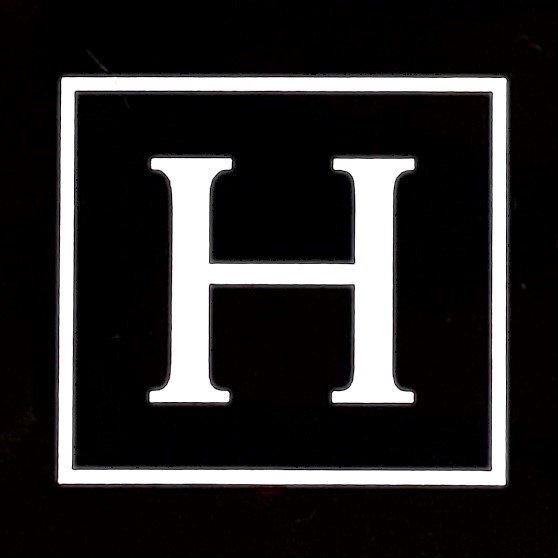Globalized Americas
P U B L I C A T I O N S
International Lawyering
Jonathan C. Hamilton, “International Lawyer,” Practice Perspectives: Vault’s Guide to Legal Practice Areas (2015)
The Vault guide routinely ranks White & Case at the top tier of firms picked by students interested in international work. Vault invited me to share comments about career development in the fields of international arbitration and investment. The following is an excerpt from comments by White & Case partner Jonathan C. Hamilton for Practice Perspectives: Vault’s Guide to Legal Practice Areas.
What is the best thing about your practice area?
The practice is dynamic and virtually never boring. It is legal work that tends to be linked to political and economic trends and events. Sometimes I walk out the door in the morning, pick up the newspaper, and the front page focuses on what we worked on the day before.
What is unique about your practice area at your firm?
White & Case has been described to me as “the private State Department,” and that has proven true in all of the best ways. The week I first walked into White & Case on the Avenue of the Americas in Manhattan, I was looking for ways to develop a practice focused on Latin American disputes and investment, and fortunately the firm and timing were on my side. I started with a hybrid focus on both deal and disputes work with a focus on Latin America, and I was the first associate in my class to ship off to a foreign office, to Mexico City. At the time, a senior White & Case arbitration partner, Charles Brower, asked me if leaving New York meant abandoning my interest in international disputes. I said, to the contrary, I hoped I was going to find the crest of a wave of Latin American arbitration and investment. This was admittedly hopeful and speculative, but it soon came to fruition.
What is the most challenging aspect of your practice area?
The practice involves many issues of first impression. One time a summer associate came to update me after working on a project for a week, and said “I hate to tell you, but I could not find any prior example or precedent of how to deal with this issue.” My reply was, “I am very sure that is the case—that is why the client came to us.”
What is a typical day or week like in your practice area?
A typical day involves people from diverse multinational backgrounds, and incredible teamwork. Strong legal analysis and skills are essential, and must be combined with an extra level of cultural and emotional intelligence to facilitate negotiations, communicate messages and advocate in international disputes. These factors shape the work of our whole team. We have an established model for how we organize matters and communicate with clients, counterparts and tribunals.
What training, classes, experience, or skills development would you recommend to someone hoping to enter your practice area?
Be an entrepreneur and a team player, all at once. Simultaneously, respect the institution where you have an opportunity to work and find ways to pursue your interests with the objectives of the institution. This is true whether it is a law firm, a government entity, a multilateral organization, an arbitration institution, or a non-profit. It helps you build a platform for your work that can have longevity, because it takes time to truly build something.
How did you decide to practice in your area?
With inspiration rooted in my childhood, I identified issues and ideas that fascinated me, developed a strategy, found the best platform and mentors for it—and followed through. Some of those ideas and the international focus emerged from my childhood growing up in the Deep South in Mississippi and New Orleans, a cultural and historical crossroads. When I was a boy, I was injured in an accident and spent around a month in the hospital. After I recovered, my father took me on a one-month trip to three continents. It was my first trip abroad, and we started with a visit to Latin America, Rio de Janeiro to be precise, and also visited Africa, and Europe. It opened a world of opportunities to me. (I also worked with my relative’s law firm in my hometown during high school.) Later, when I went to law school, my career concept was premised on an historical moment in Latin America: new policies, new investment protections and new investment flows, I thought, would lead to new types of disputes, and new frontiers for legal work. It was an important moment for development, rule of law, human rights and international relations in Latin America, and I wrote about these issues as they were unfolding in my courses at the University of Virginia, such as my first paper on arbitration, on international arbitration as a component of macroeconomic reforms. With my interests established, I picked White & Case’s platform because of its historic founding over a century ago, pioneering presence as a global law firm, platform of offices in emerging markets and leadership in international arbitration and dispute resolution. That platform has delivered over time.
What misconceptions exist about your practice area? What do you wish you had known before joining your practice area?
There is a mistaken misconception that legal work is boring. Before I became a lawyer, I studied history, earned a master’s degree and produced documentary films. Some lawyer friends tried to convince me not to go to law school because it would be boring and impossible to find a balance between personal and professional life. Fortunately, I did not listen to them.
Some lawyer friends tried to convince me not to go to law school. Fortunately, I did not listen to them.
Jonathan C. Hamilton
